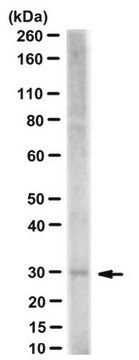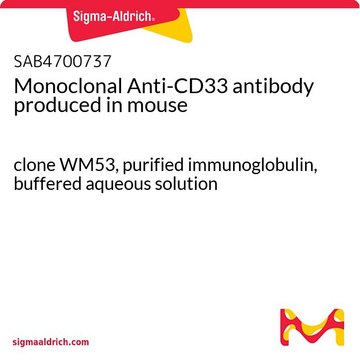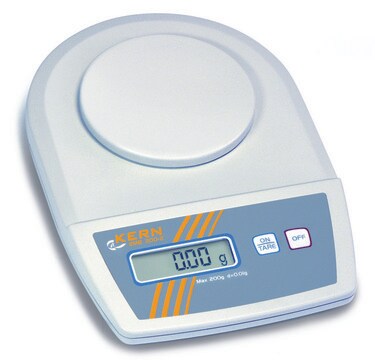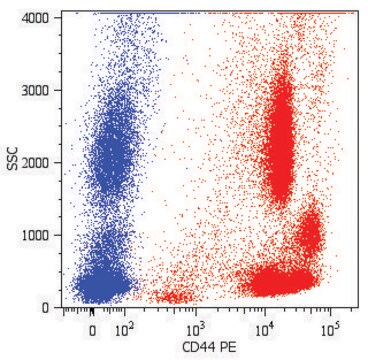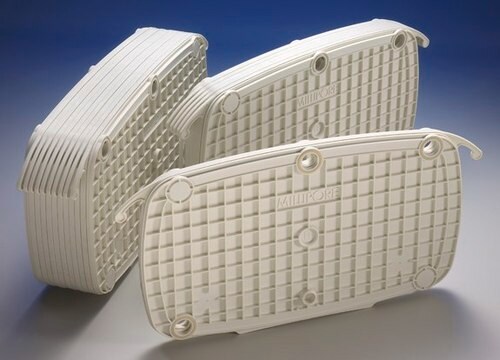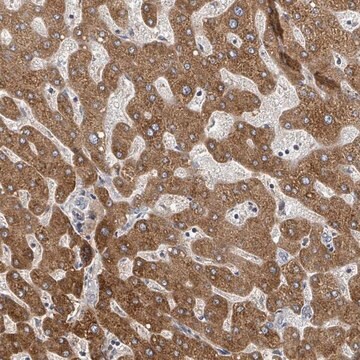MABF2163
Anti-CD33 Antibody, clone P67.6
clone P67.6, from mouse
Synonym(s):
Myeloid cell surface antigen CD33, Sialic acid-binding Ig-like lectin 3, Siglec-3, gp67
About This Item
ICC
inhibition assay
immunocytochemistry: suitable
inhibition assay: suitable
Recommended Products
biological source
mouse
antibody form
purified immunoglobulin
antibody product type
primary antibodies
clone
P67.6, monoclonal
species reactivity
human
packaging
antibody small pack of 25 μg
technique(s)
flow cytometry: suitable
immunocytochemistry: suitable
inhibition assay: suitable
isotype
IgG1κ
NCBI accession no.
UniProt accession no.
target post-translational modification
unmodified
Gene Information
human ... CD33(945)
General description
Specificity
Immunogen
Application
Flow Cytometry Analysis: A representative lot detected CD33 in Flow Cytometry applications (Kussick, S.J., et. al. (2003). Arch Pathol Lab Med. 127(9):1140-7).
Immunocytochemistry Analysis: A representative lot detected CD33 in Immunocytochemistry applications (van Der Velden, V.H., et. al. (2001). Blood. 97(10):3197-204).
Inflammation & Immunology
Quality
Flow Cytometry Analysis: 1 µg of this antibody detected CD33 in one milliion THP-1 cells.
Target description
Physical form
Storage and Stability
Other Notes
Disclaimer
Not finding the right product?
Try our Product Selector Tool.
Certificates of Analysis (COA)
Search for Certificates of Analysis (COA) by entering the products Lot/Batch Number. Lot and Batch Numbers can be found on a product’s label following the words ‘Lot’ or ‘Batch’.
Already Own This Product?
Find documentation for the products that you have recently purchased in the Document Library.
Our team of scientists has experience in all areas of research including Life Science, Material Science, Chemical Synthesis, Chromatography, Analytical and many others.
Contact Technical Service